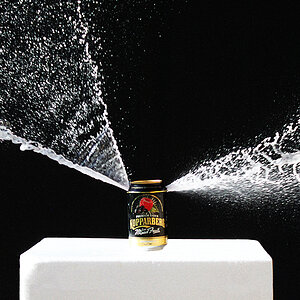TCampbell
Been spending a lot of time on here!
- Joined
- Mar 31, 2012
- Messages
- 3,614
- Reaction score
- 1,556
- Location
- Dearborn, MI
- Can others edit my Photos
- Photos OK to edit
I mosty ignore these types of videos because I realize their REAL purpose is NOT to educate you... the camera buyers... but rather to DRIVE MORE TRAFFIC that Youtube page. A great way to do that is to generate controversy. In that vein... did I get any education from this video? The answer is no, zip, nada... he had nothing to offer that I (and I suspect most others here) did not already know.
Generally the photographer's skill wins ... but there are some caveats.
The primary reason the photographer usually (but not always) wins is because for any given opportunity there are decisions to be made and a skilled photographer will probably make better decisions. Sometimes those decisions are based on shooting something in a different way, different place, or different lighting -- basically because they understand the strengths and limitations of the gear.
Assuming the camera offers the photographer enough control, the photographer is going to be able to take advantage of that and it will give the photographer the advantage.
But part of the point of having a camera with interchangeable lenses (or other accessories), is that no single lens is the best at everything. While you can find shots where it doesn't matter which camera is used, you can also find shots where the camera that doesn't let you swap lenses becomes limited. At that point, the camera that offers more versatility wins provide two conditions (1) the photographer knows that they should change equipment for that type of shot and (2) the photographer actually has the equipment available.
You don't get the advantage of having interchange lenses if you only own one lens. You get an advantage if you own a couple of lenses... but at some point you still encounter shots where none of your lenses is ideal. Kit lenses are typically designed with "affordability" as a key feature... these aren't go to be low-focal ratio zooms.
I noticed the photographer had the iPhone 7s with the dual camera and used it's special "portrait mode" feature (and used that HEAVILY). Most phones don't have such a mode but the idea (for those who haven't seen or used it) is that it uses both cameras... the main lens focuses on the subject, the second lens deliberately de-focuses the background, and the camera software basically photo-shops the two together (the background blur isn't actually from the lens lens that photographed the subject.)
I ALSO noticed that even the "pro" photographers photos with the Sony DSLR weren't quite as good as the iPhones... but in particular I noticed rather poor bokeh quality. Either the lens didn't offer a low focal ratio (I don't think he mentioned which lens it was) -or- the photographer just didn't select a low focal ratio (and that might be deliberate to help him make his point.) But certainly had he swapped to a portrait lens (e.g. an 85mm f/something-really-low) then the Sony should have offered a substantially better background blur quality.
Generally the photographer's skill wins ... but there are some caveats.
The primary reason the photographer usually (but not always) wins is because for any given opportunity there are decisions to be made and a skilled photographer will probably make better decisions. Sometimes those decisions are based on shooting something in a different way, different place, or different lighting -- basically because they understand the strengths and limitations of the gear.
Assuming the camera offers the photographer enough control, the photographer is going to be able to take advantage of that and it will give the photographer the advantage.
But part of the point of having a camera with interchangeable lenses (or other accessories), is that no single lens is the best at everything. While you can find shots where it doesn't matter which camera is used, you can also find shots where the camera that doesn't let you swap lenses becomes limited. At that point, the camera that offers more versatility wins provide two conditions (1) the photographer knows that they should change equipment for that type of shot and (2) the photographer actually has the equipment available.
You don't get the advantage of having interchange lenses if you only own one lens. You get an advantage if you own a couple of lenses... but at some point you still encounter shots where none of your lenses is ideal. Kit lenses are typically designed with "affordability" as a key feature... these aren't go to be low-focal ratio zooms.
I noticed the photographer had the iPhone 7s with the dual camera and used it's special "portrait mode" feature (and used that HEAVILY). Most phones don't have such a mode but the idea (for those who haven't seen or used it) is that it uses both cameras... the main lens focuses on the subject, the second lens deliberately de-focuses the background, and the camera software basically photo-shops the two together (the background blur isn't actually from the lens lens that photographed the subject.)
I ALSO noticed that even the "pro" photographers photos with the Sony DSLR weren't quite as good as the iPhones... but in particular I noticed rather poor bokeh quality. Either the lens didn't offer a low focal ratio (I don't think he mentioned which lens it was) -or- the photographer just didn't select a low focal ratio (and that might be deliberate to help him make his point.) But certainly had he swapped to a portrait lens (e.g. an 85mm f/something-really-low) then the Sony should have offered a substantially better background blur quality.



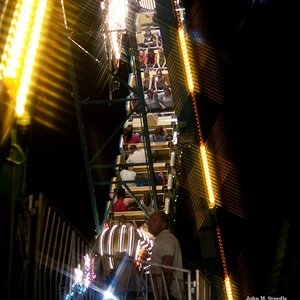
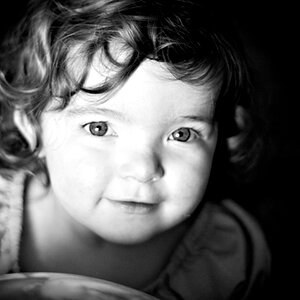
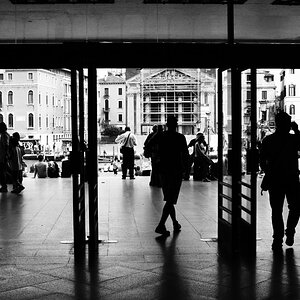
![[No title]](/data/xfmg/thumbnail/39/39490-b2e64c58554ef92efe2474950d27753d.jpg?1619739050)
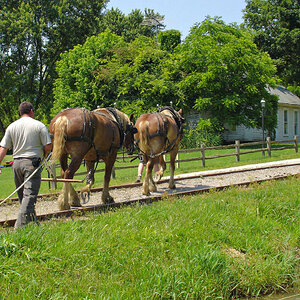
![[No title]](/data/xfmg/thumbnail/35/35967-ee5e7220e6f5cbd7d70fb99fe8ce5038.jpg?1619737285)
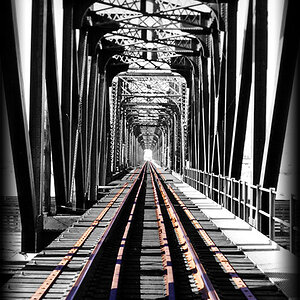

![[No title]](/data/xfmg/thumbnail/30/30994-49c5521f7b5b417f49dcd43891cbec27.jpg?1619734557)

![[No title]](/data/xfmg/thumbnail/39/39491-353a6df9b207e97dadcdce4f98248fcd.jpg?1619739051)
